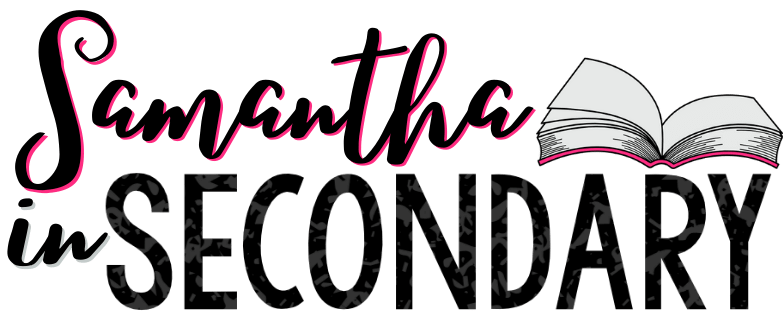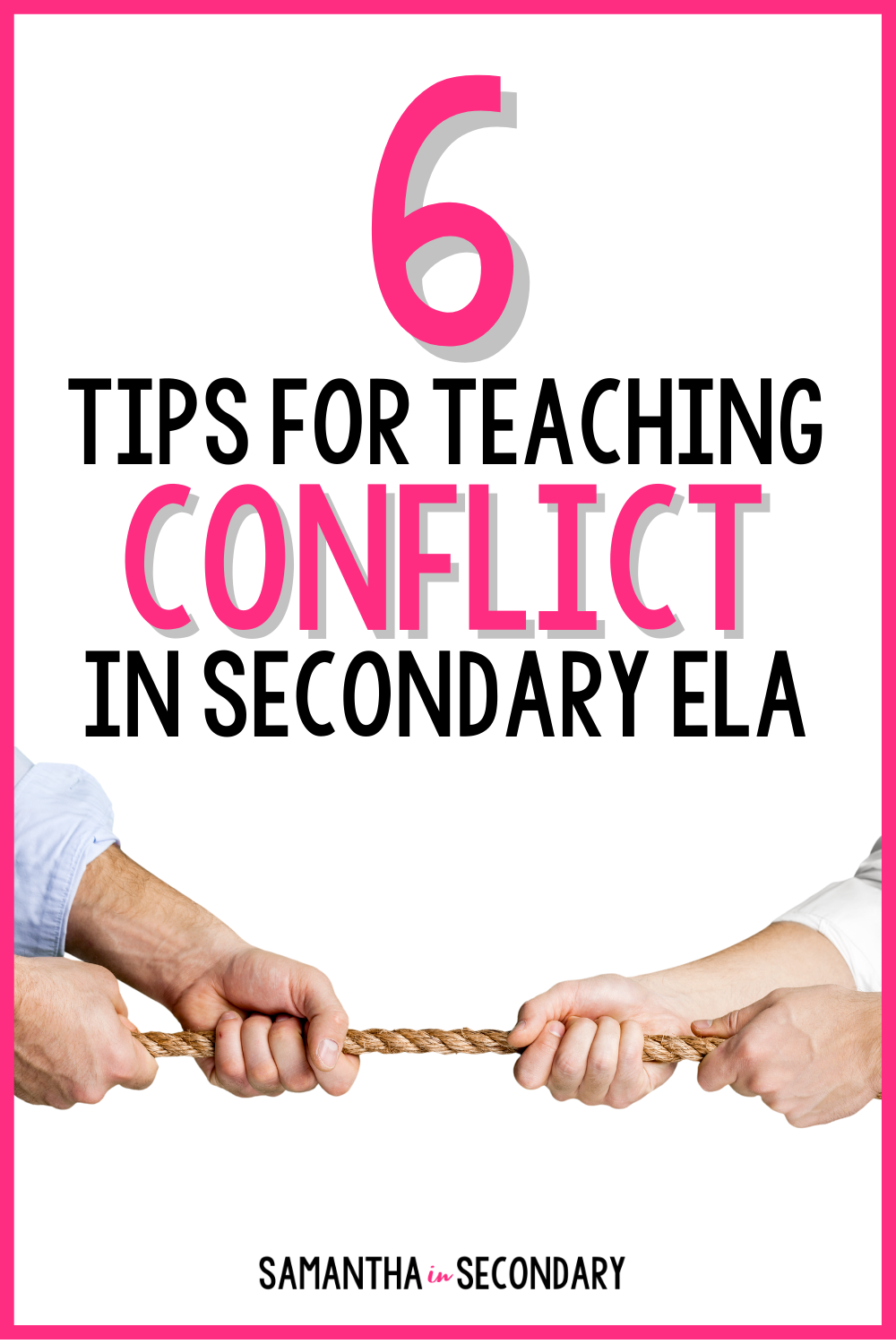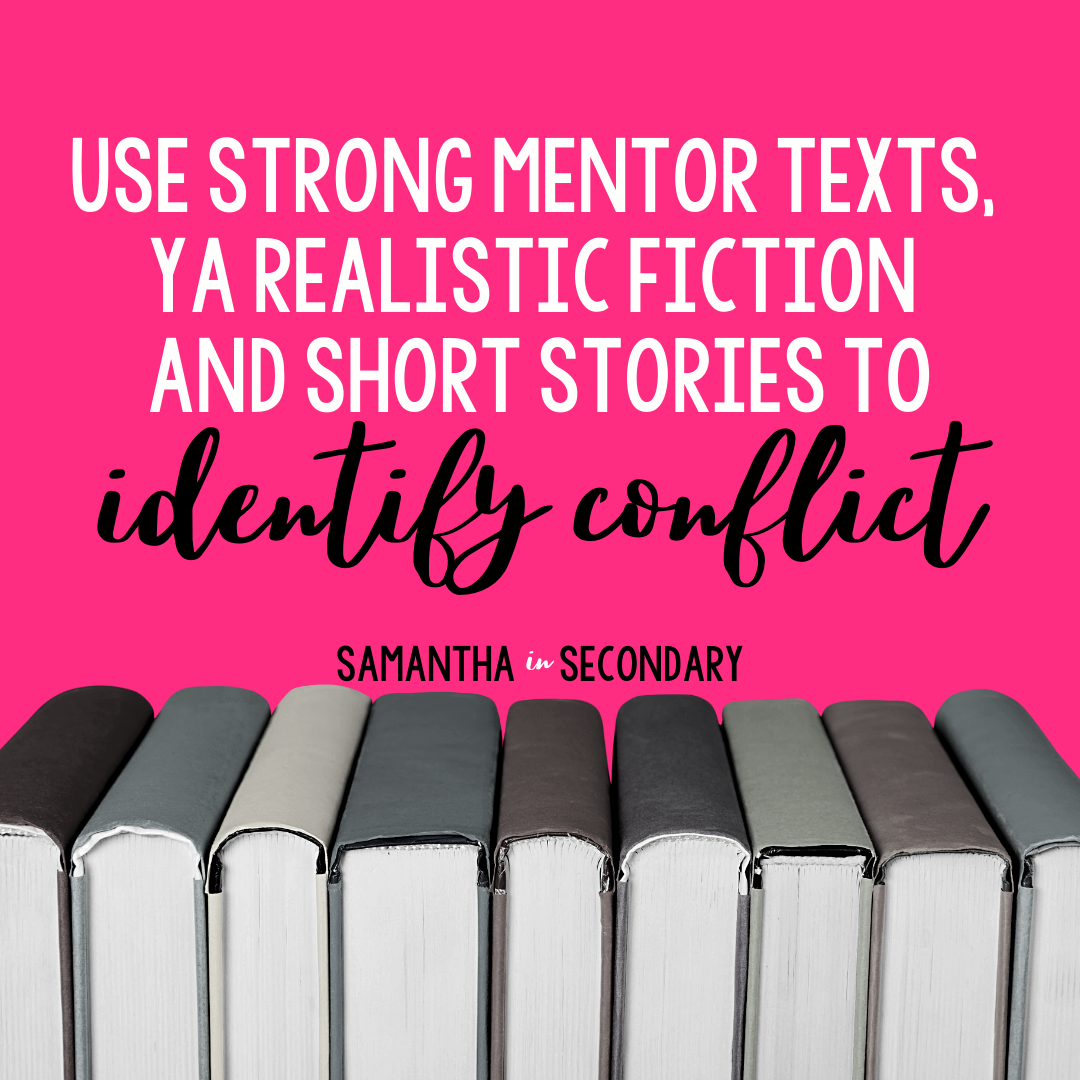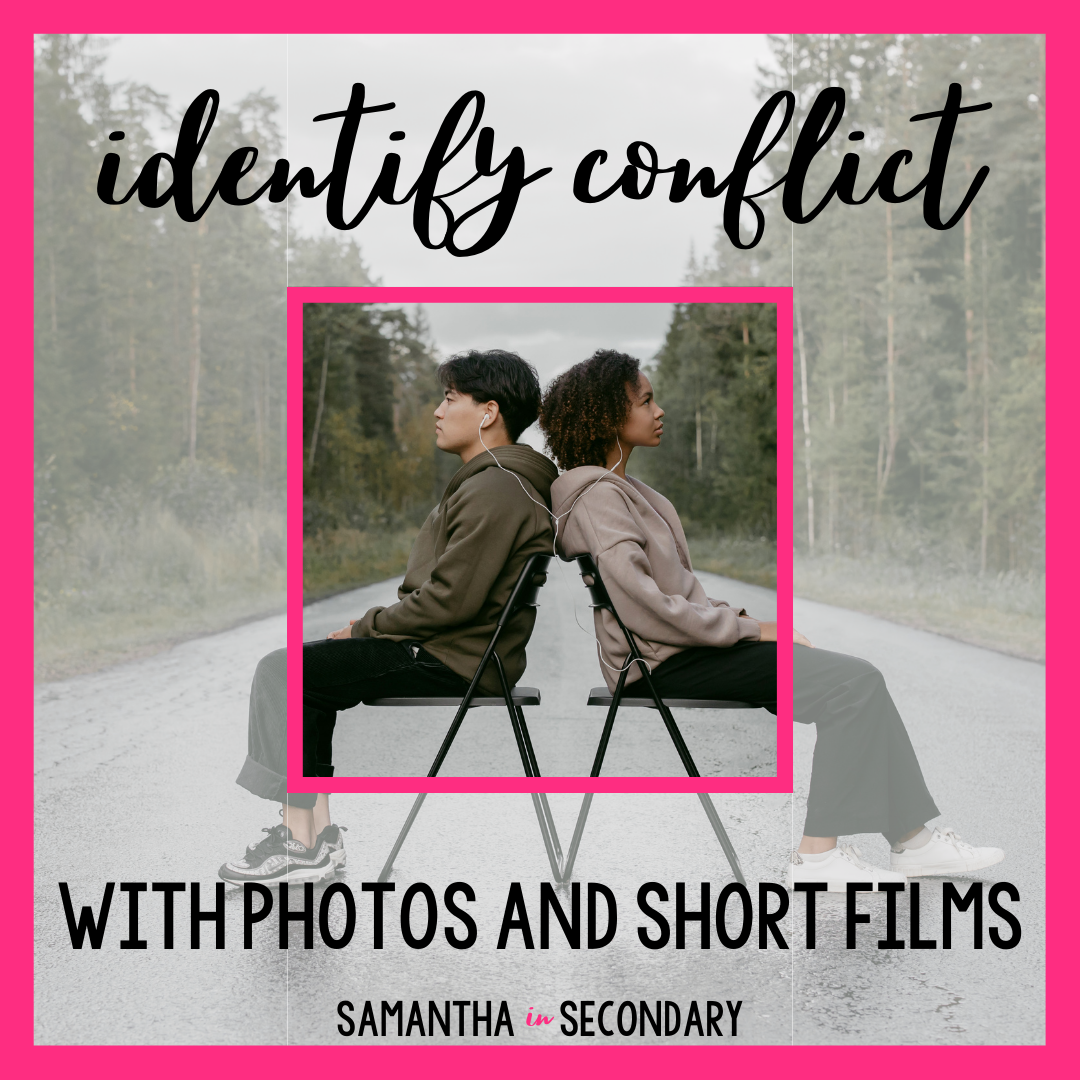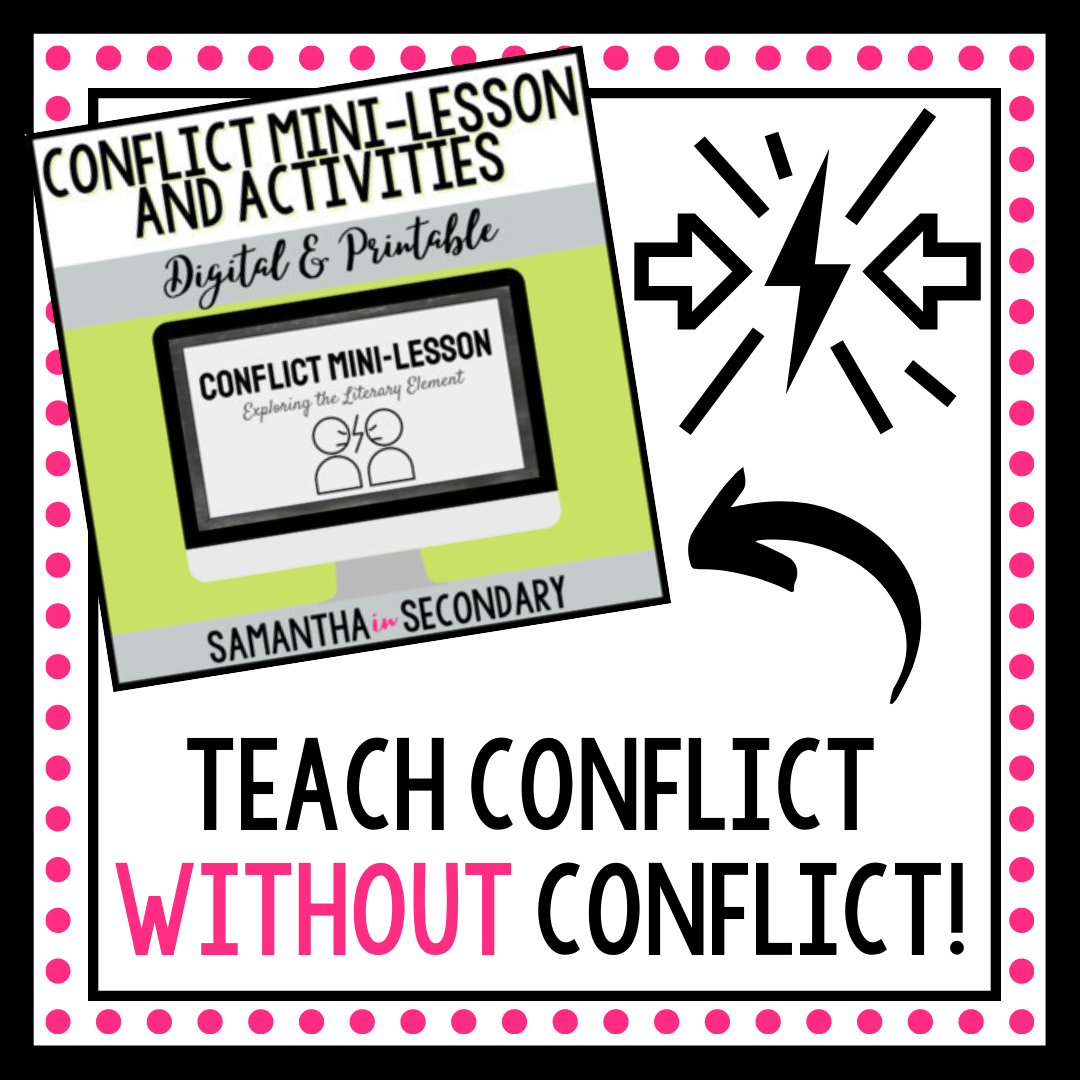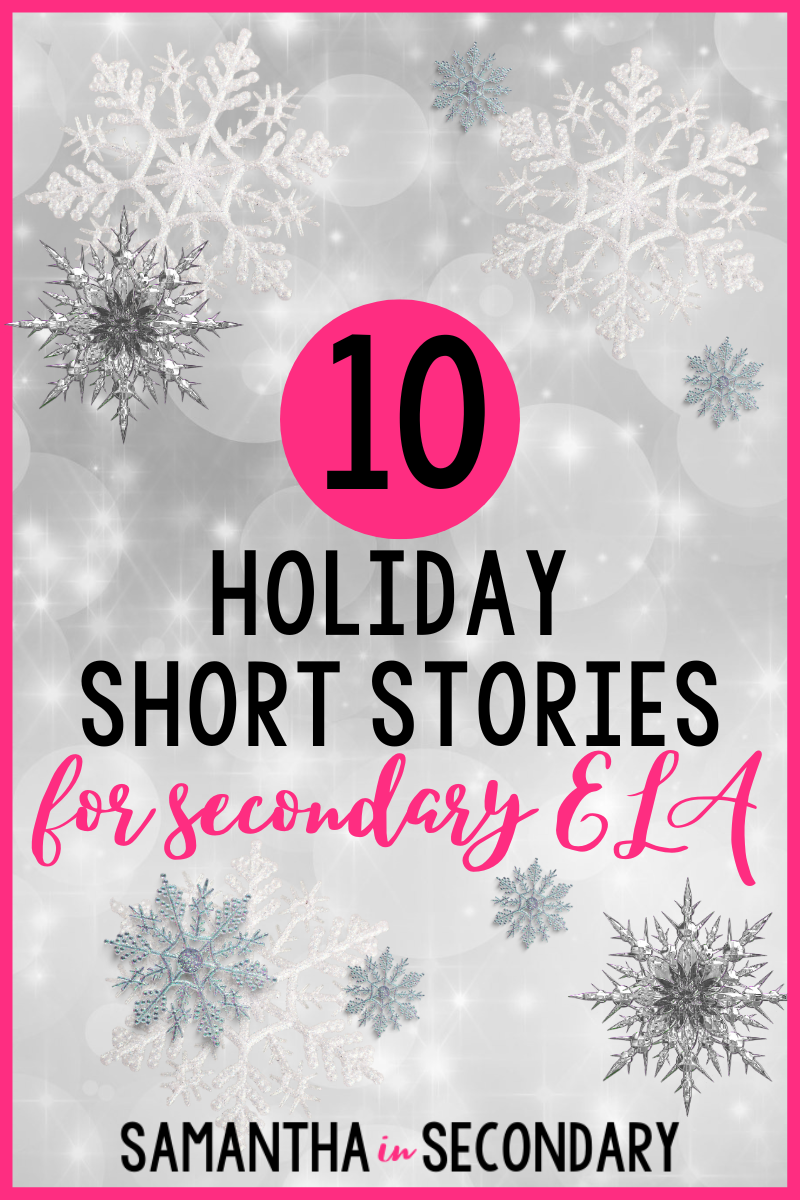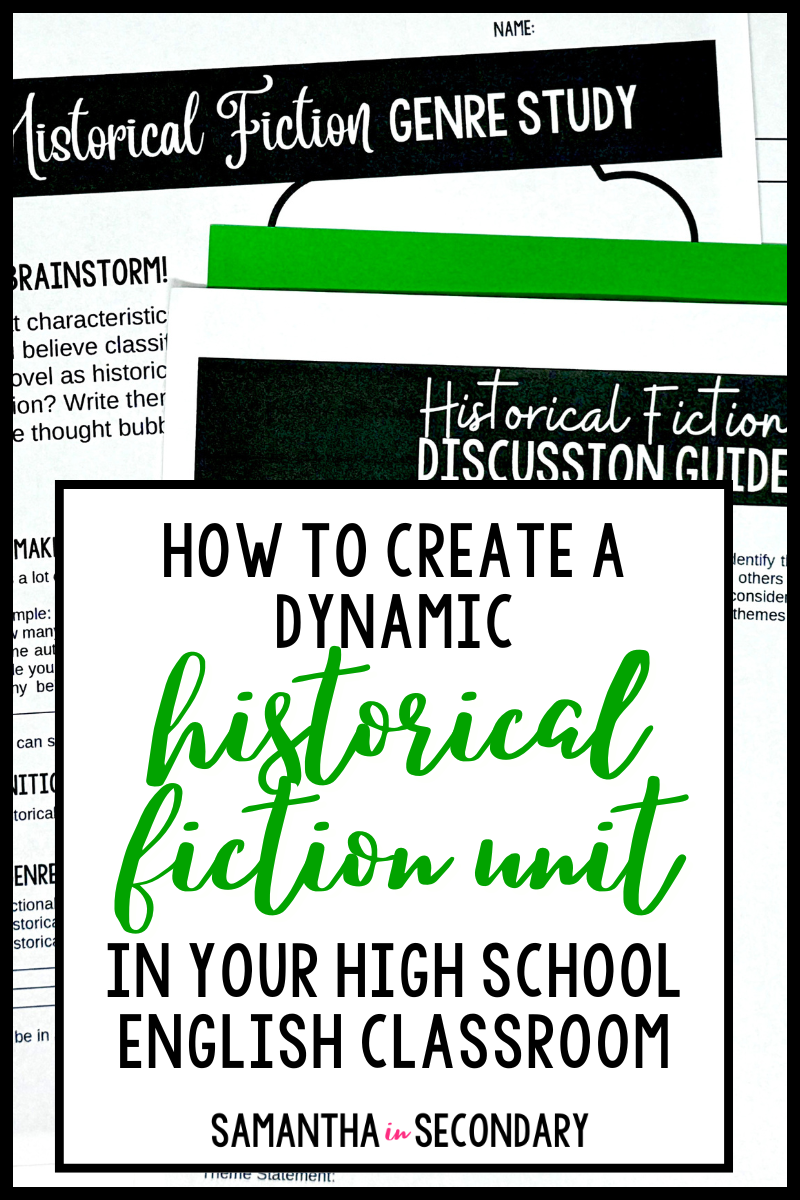When teaching conflict in the secondary ELA classroom, it’s important students really see its importance. The conflict is the ebb and flow of a story. It’s the interest to keep an audience reading. Its crux drives the climax. Its solution brings it to resolution. Read on to find some tips to bring into your ELA classroom.
1. Identify conflict in mentor texts
This is one of the easiest activities to implement. Allowing students to see what conflict looks like in strong, recognizable texts is probably the easiest way to teach students how to identify conflict.
2. Specifically, conflict in YA realistic fiction
Conflict is also freely on display in YA realistic fiction. Far from the Tree by Robin Benway (I have a great article if you’d like an overview of this title), Sadie by Courtney Summers, Concrete Rose by Angie Thomas, and Goodbye Days by Jeff Zentner are all excellent selections to consider.
3. Or, find shorter works
Find novellas or short stories to do the same identifying activities you would do in a longer work. It might even be easier for students to identify with a short work because the plot is so concise. “There Will Come Soft Rains” by Ray Bradbury is an excellent choice, as are some other of his works that you can find in my bundle here.
4. Types of conflict sorting activity
Put together a collection of short stories for your students or a list of recognized titles that students can easily pinpoint the conflict. Have students sort them into categories based on conflict type. Expand the activity into comparing stories within the same types or discuss the most popular conflicts that students recognize.
5. Identify conflict in short films
If you need a quicker review method than reading stories, you can try short films. Pixar shorts are excellent places to start and many students will be familiar with them. You can also use movie trailers if you want something even more concise. This is a great activity to use as an exit ticket where students can write the conflict on a sticky note as they leave so you can check for understanding.
6. Create conflict with photos
Print off selections of photos or images that students can use to write short stories. I really love these types of activities that get students using their own writing to recreate the topics we are studying. If you’re really stretched for time, just have students look at the photos and write down what type of conflict they’re seeing and discuss as a class.
7. Conflict focused mini-lesson
Mini-lessons are great ways to work in several topics in a short amount of time. If you’re searching for activities before testing week, or realize your students are a little lacking in know-how, consider focusing with a mini-lesson like this one. It’s got a bit of notes and a couple of writing activities like identifying the type of conflict and write-the-photo. So if you’re looking for a mix of some of the activities so far, it’s a great resource to have.
Don’t let teaching conflict become a conflict in your classroom. Make sure students understand this key component of plot development with any of these activities. Let me know your favorite activities and resources over on Facebook and Instagram, or just come say hi!
Happy teaching!




